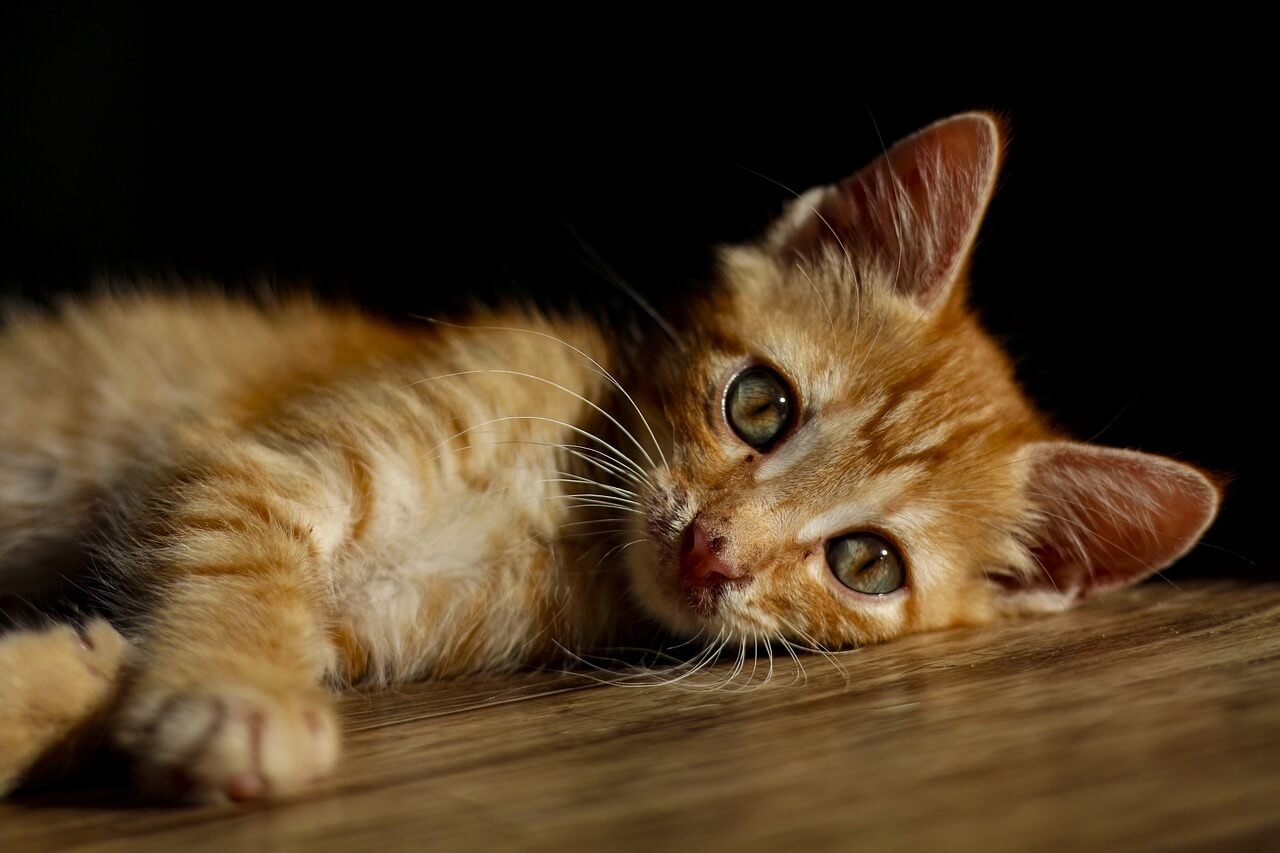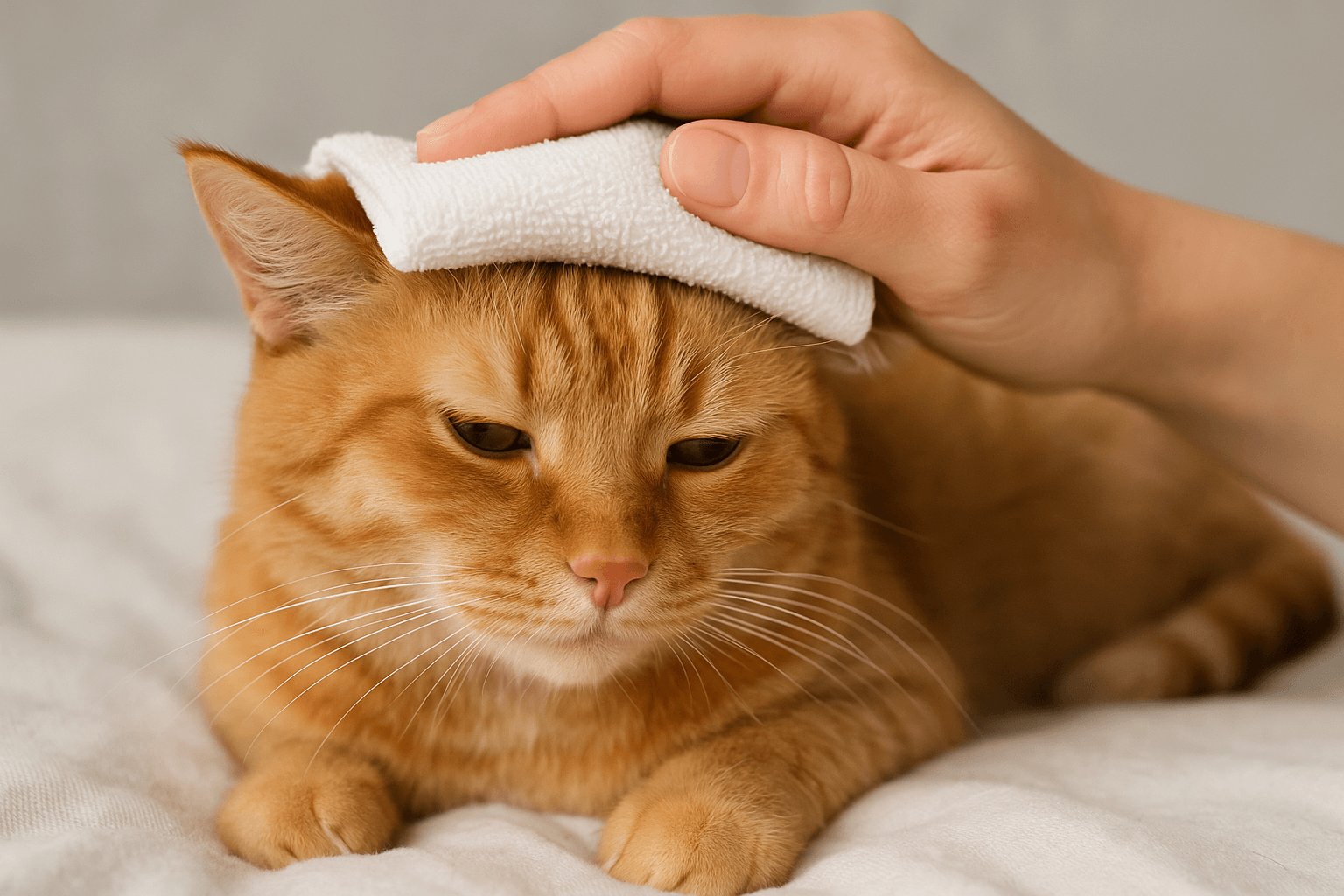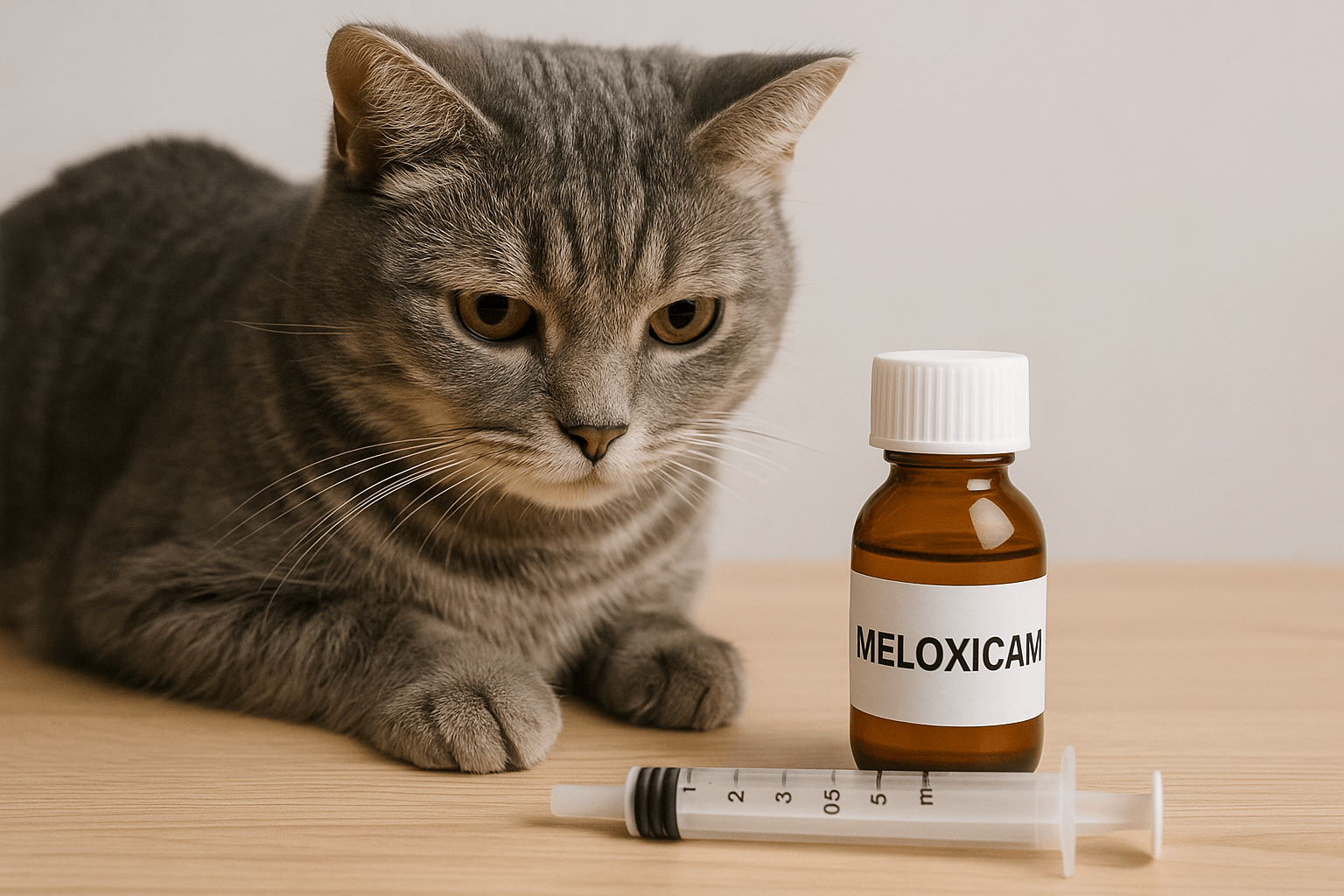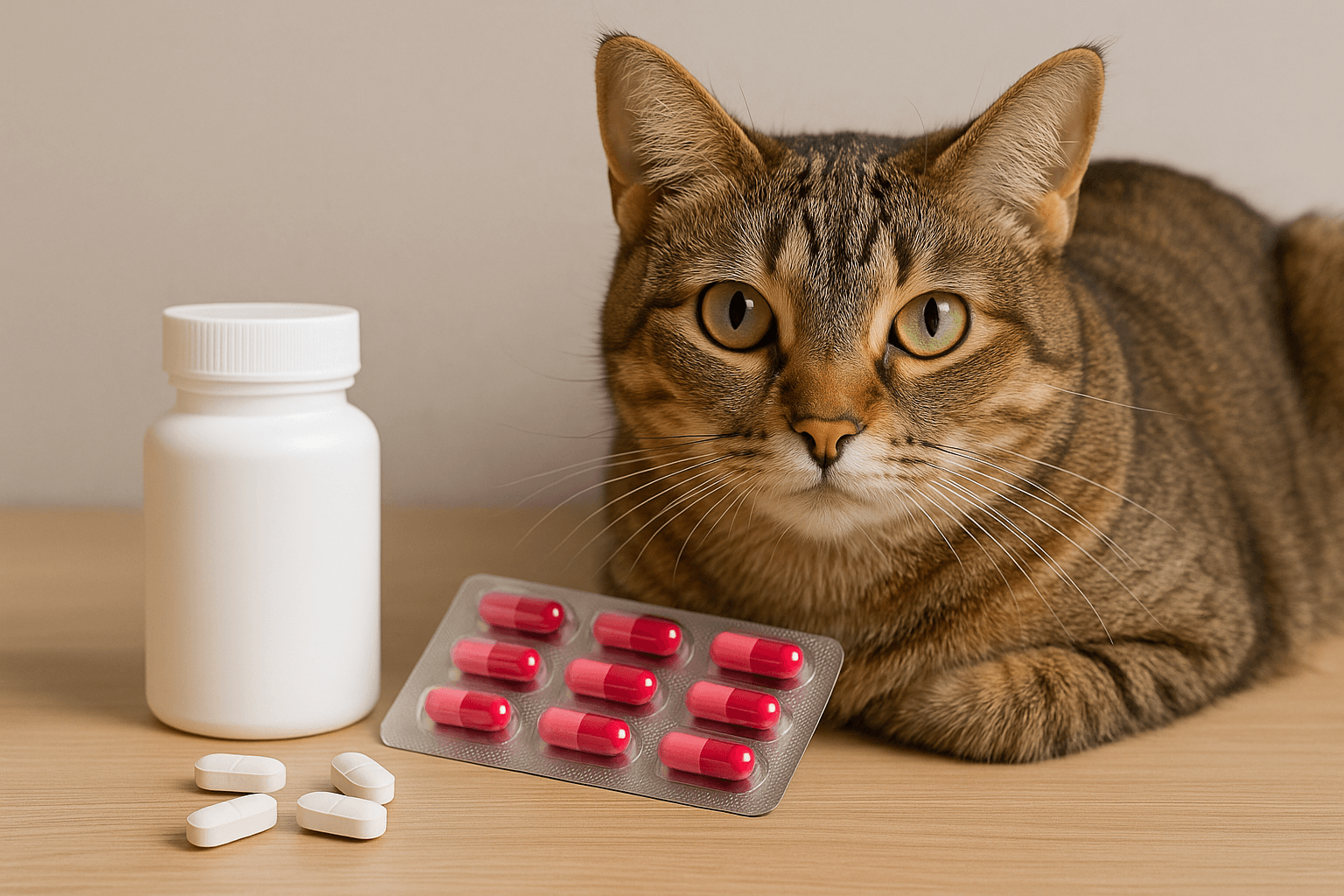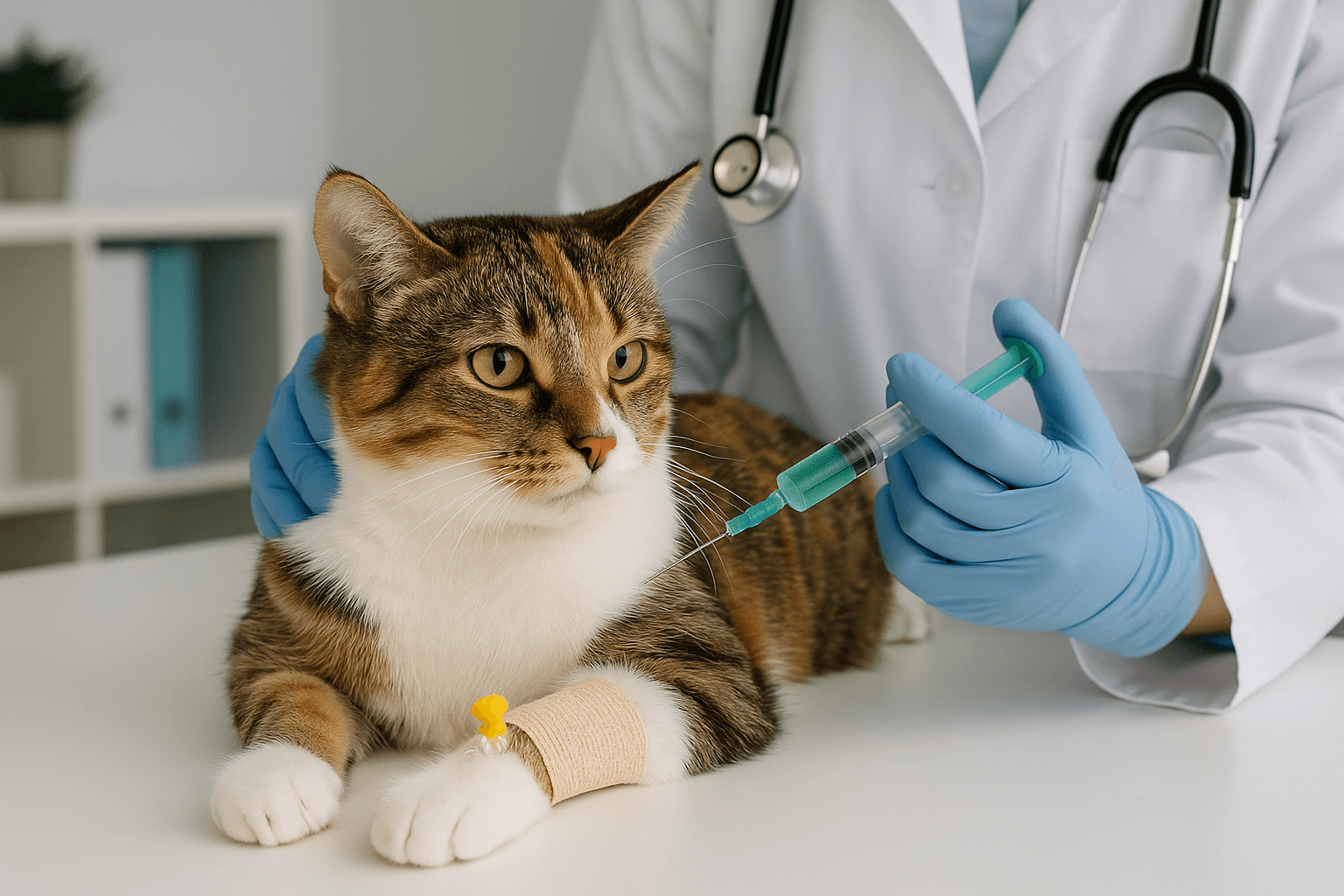How Long Are Cats Pregnant? A Comprehensive Guide for Cat Owners
Bringing new kittens into the world is an exciting yet delicate process, and understanding the timeline of feline pregnancy is essential for ensuring the health and well-being of both the mother and her litter. If you’ve ever wondered, “How long are cats pregnant?” you’re not alone. On average, a cat’s gestation period lasts around 63 to 67 days, but several factors can influence this timeframe. From recognizing early signs of pregnancy to preparing for the arrival of kittens, this guide will walk you through everything you need to know about feline pregnancy.
Whether you’re a seasoned cat owner or caring for a pregnant cat for the first time, this article will equip you with the knowledge to support your furry friend during this special time.
Key Stages of a Cat’s Pregnancy Timeline
A cat’s pregnancy is relatively short compared to other mammals, but it involves distinct stages that are crucial for the development of healthy kittens. Here’s a breakdown of the key milestones:
Week 1-2 (Fertilization) : After mating, fertilized eggs travel to the uterus, where they begin to implant in the uterine lining.
Week 3-4 (Early Development) : The embryos start to develop, and the mother may show subtle signs of pregnancy, such as increased appetite or slight weight gain.
Week 5-6 (Mid-Pregnancy) : The fetuses grow rapidly, and the cat’s belly becomes noticeably larger. This is also when the mother’s nipples may darken and enlarge (a condition called “pinking up”).
Week 7-8 (Late Pregnancy) : The kittens’ organs and skeletons fully develop, and the mother may begin nesting in preparation for birth.
Week 9 (Preparation for Birth) : The cat becomes restless, and her body prepares for labor. She may stop eating and display nesting behavior more intensely.
Understanding these stages helps you anticipate your cat’s needs and provide appropriate care throughout her pregnancy.
Signs That Your Cat May Be Pregnant
Recognizing the signs of pregnancy early allows you to prepare for the upcoming litter and ensure your cat receives proper care. Here are some common indicators:
Increased Appetite : Pregnant cats often eat more to support the growing kittens.
Weight Gain : A noticeable increase in belly size is one of the most visible signs of pregnancy.
Behavioral Changes : Some cats become more affectionate, while others may seek solitude or act more protective.
Nipple Changes : The nipples may become darker, larger, and more prominent—a process known as “pinking up.”
Lethargy or Fatigue : Hormonal changes can cause your cat to feel more tired than usual during pregnancy.
If you suspect your cat is pregnant, consult your veterinarian to confirm and receive guidance on caring for her during this time.
Check this guide 👉Understanding Cat Pregnancy Tests: Best 7 Expert Tips!
Check this guide 👉Pregnant Cat Has Bloody Discharge: Best 7 Tips!
Check this guide 👉Can Cats Sense Pregnancy? Best 7 Expert Tips!
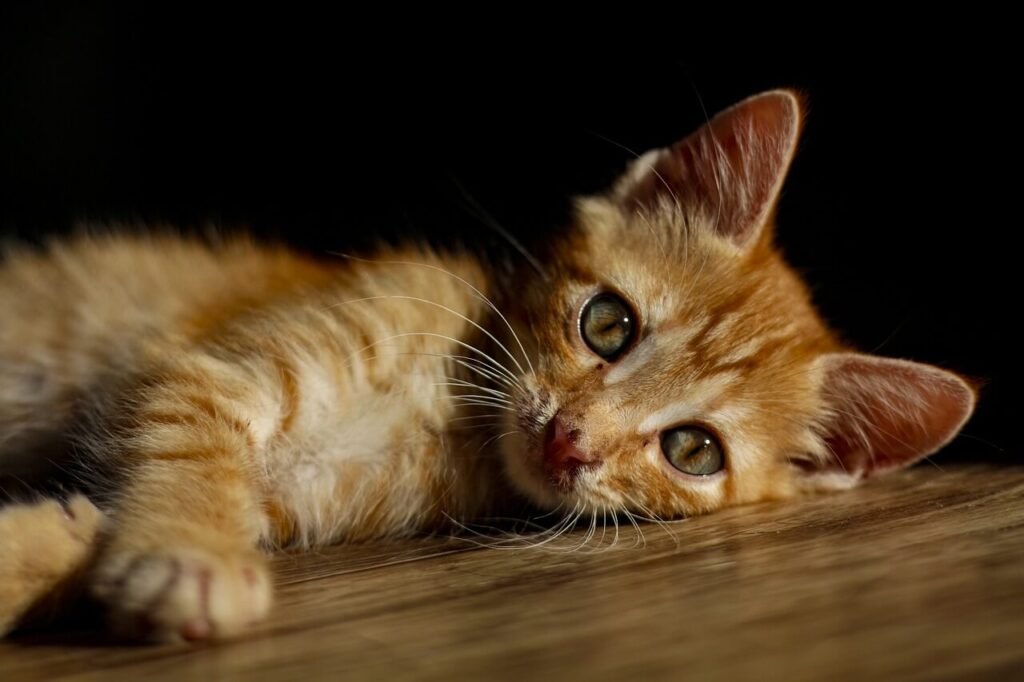
Stages of Feline Pregnancy | What to Expect During Each Stage |
|---|---|
Week 1-2 | Fertilization and embryo implantation |
Week 3-4 | Early development and slight weight gain |
Week 5-6 | Rapid fetal growth and nipple changes |
Week 7-8 | Full organ and skeleton development |
Week 9 | Restlessness and nesting behavior |
How to Care for a Pregnant Cat
Providing proper care for a pregnant cat ensures a smooth and healthy pregnancy. Here are some tips to help you support your feline friend:
Feed a High-Quality Diet : Switch to kitten food or a nutrient-rich diet to meet the increased energy demands of pregnancy.
Provide a Comfortable Nesting Area : Set up a quiet, cozy space where your cat can give birth and care for her kittens.
Schedule Regular Vet Check-Ups : Routine visits allow your vet to monitor the pregnancy and address any concerns.
Avoid Stressful Situations : Minimize loud noises, unfamiliar visitors, or sudden changes in the environment to keep your cat calm.
Monitor Her Health Closely : Watch for signs of complications, such as excessive vomiting, lethargy, or discharge, and contact your vet immediately if needed.
By following these steps, you can create a safe and supportive environment for your pregnant cat.
Preparing for the Arrival of Kittens
As your cat approaches the end of her pregnancy, it’s important to prepare for the birth and the care of the newborn kittens. Here are some practical steps to take:
Gather Supplies : Stock up on essentials like clean towels, a birthing box, and kitten formula in case of emergencies.
Learn About the Birthing Process : Familiarize yourself with the stages of labor so you can recognize when something might be wrong.
Create a Safe Space : Ensure the nesting area is warm, quiet, and free from disturbances.
Plan for Postpartum Care : Prepare for the mother’s recovery and the kittens’ needs, including feeding and cleaning.
Know When to Call the Vet : Have your vet’s contact information handy in case complications arise during or after delivery.
Being prepared ensures a smoother experience for both you and your cat during this critical time.
Debunking Misconceptions to Ensure Proper Care
There are several myths surrounding cat pregnancy that can lead to confusion or improper care. By addressing these misconceptions, you can better support your pregnant cat and ensure a healthy outcome.
Myth: Cats Can Get Pregnant at Any Age : While cats can become pregnant as early as 4-6 months old, it’s not ideal for their health. Waiting until they’re fully mature is recommended.
Myth: Pregnant Cats Don’t Need Extra Food : Pregnant cats require significantly more nutrients to support the growing kittens, especially in the later stages of pregnancy.
Myth: You Should Handle Newborn Kittens Immediately : Excessive handling can stress the mother and disrupt bonding with her kittens. Limit interactions during the first few weeks.
Myth: All Cats Give Birth Without Issues : While most cats deliver naturally, complications like dystocia (difficult labor) can occur and may require veterinary intervention.
Myth: Spaying a Pregnant Cat is Always Harmful : In certain cases, spaying a pregnant cat may be necessary for her health or population control, but it should only be done by a vet.
By understanding the truth behind these myths, you can provide better care and make informed decisions about your cat’s pregnancy.
Protecting Your Pregnant Cat’s Health Through Diet
While nutrition is critical during pregnancy, some foods can harm your cat and her developing kittens. Here’s a list of items to avoid feeding your pregnant cat:
Raw Meat or Fish : These can contain harmful bacteria or parasites that may endanger both the mother and her litter.
Cow’s Milk or Dairy Products : Despite popular belief, many cats are lactose intolerant, and dairy can upset their stomachs.
Toxic Human Foods : Items like chocolate, onions, garlic, and caffeine are toxic to cats and should never be given.
Low-Quality Cat Food : Cheap or poorly balanced food lacks the nutrients needed for a healthy pregnancy and kitten development.
Supplements Without Vet Approval : Adding vitamins or minerals without professional guidance can lead to imbalances or toxicity.
Feeding your cat a safe, high-quality diet ensures she receives the nutrients she needs without risking her health or her kittens’.
Recognizing When Your Cat Is Ready to Give Birth
Knowing the signs of labor can help you prepare for the arrival of the kittens and intervene if necessary. Here are some key indicators that your cat is going into labor:
Restlessness and Pacing : Your cat may move around frequently, unable to settle as her body prepares for birth.
Loss of Appetite : Many cats stop eating in the 24 hours leading up to labor, signaling their body is focusing on delivery.
Vocalization : Increased meowing or crying is common as your cat experiences discomfort or contractions.
Visible Contractions : You may notice her sides tightening as her uterus begins to push the kittens out.
Discharge or Nesting Behavior : A clear or bloody discharge often precedes labor, and nesting behavior intensifies just before delivery.
Understanding these signs allows you to monitor your cat closely and seek veterinary help if complications arise.
Frequently Asked Questions About Cat Pregnancy
How long are cats pregnant on average?
Cats are typically pregnant for 63 to 67 days, though this can vary slightly depending on the individual cat.
Can I touch a pregnant cat’s belly to feel the kittens?
It’s best to avoid touching her belly, as this can cause stress or discomfort. Leave examinations to your veterinarian.
How many kittens can a cat have in one litter?
Litter sizes range from 1 to 12 kittens, with an average of 4 to 6 kittens per litter.
What should I do if my cat goes past her due date?
Contact your veterinarian if your cat hasn’t delivered by day 70, as this could indicate complications.
Do cats need special care after giving birth?
Yes, provide plenty of food, water, and a quiet environment to help her recover and care for her kittens.
Support Your Cat Through Pregnancy and Beyond
Caring for a pregnant cat is a rewarding experience that requires patience, preparation, and attention to detail. By understanding how long cats are pregnant and what to expect during each stage, you can provide the best possible care for your feline companion. From recognizing early signs of pregnancy to preparing for the arrival of kittens, being informed and proactive ensures a healthy and happy outcome for both mother and babies. With love, dedication, and proper planning, you’ll be ready to welcome a new generation of adorable kittens into your home.
Cat Fever Treatment: Best 7 Expert Tips! Discover expert advice on identifying, managing, and treating fever in cats to ensure their quick recovery and well-being.
Understanding Meloxicam for Cats: Best 7 Expert Tips! Learn how to safely administer meloxicam, manage side effects, and ensure your cat's comfort with expert advice on feline pain relief.
Amoxicillin for Cat UTI: Best 7 Expert Tips! Discover safe usage, dosage guidelines, and expert advice on treating feline urinary tract infections effectively with amoxicillin.
Understanding Cat Cancer Treatment: Best 7 Expert Tips! Discover expert advice on managing feline cancer, from early detection to treatment options, ensuring your cat’s health and comfort.

